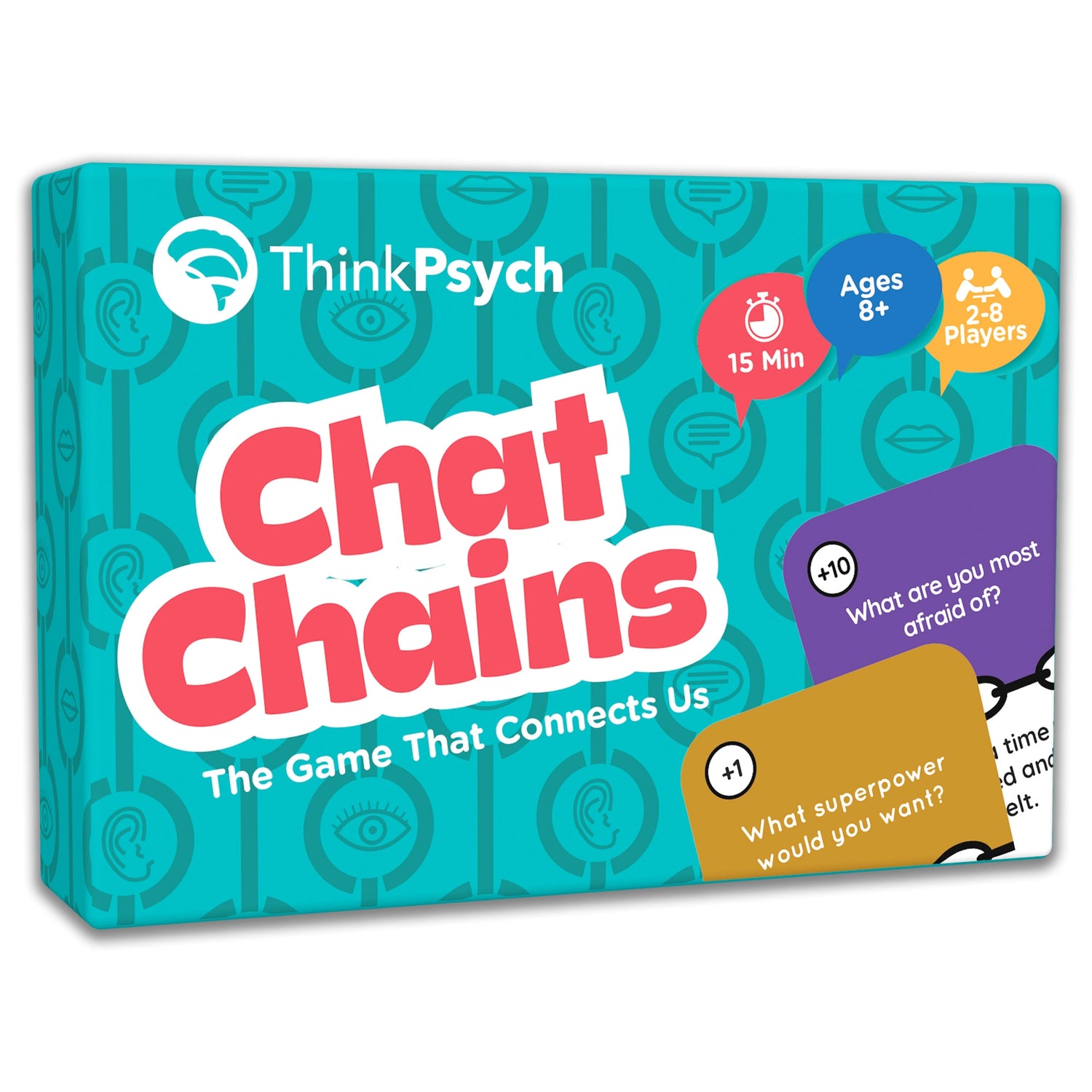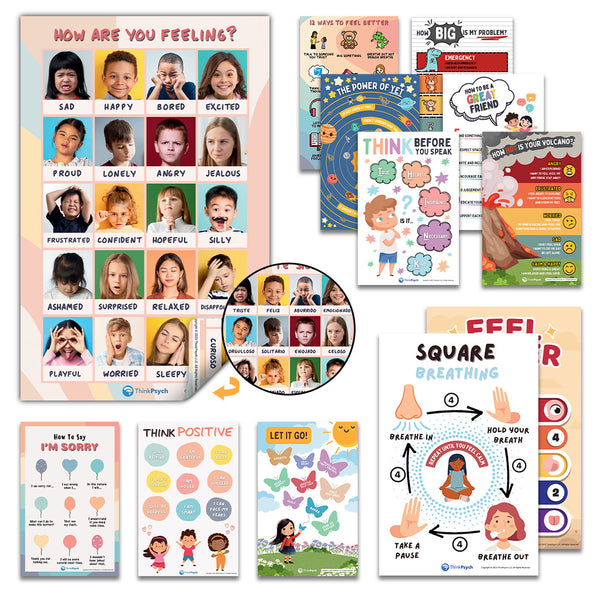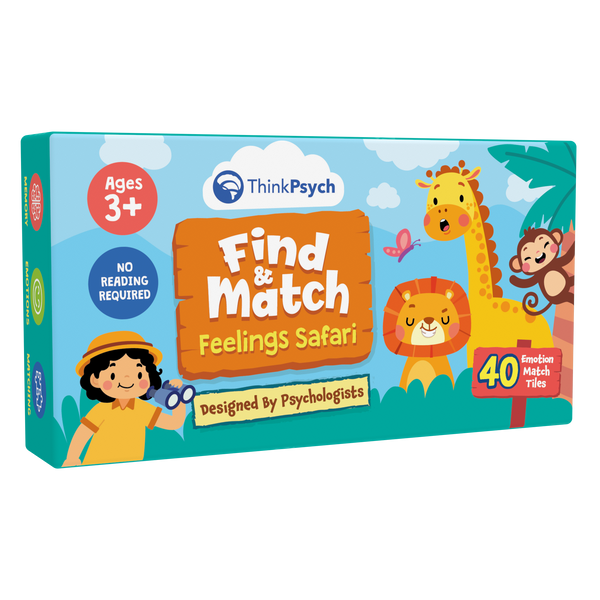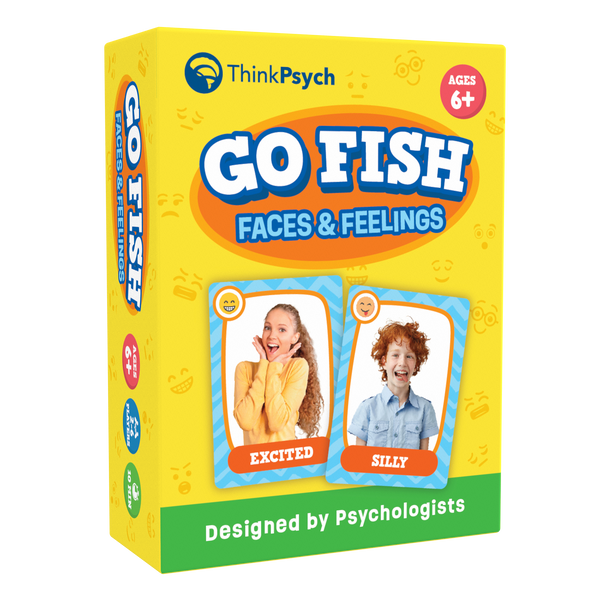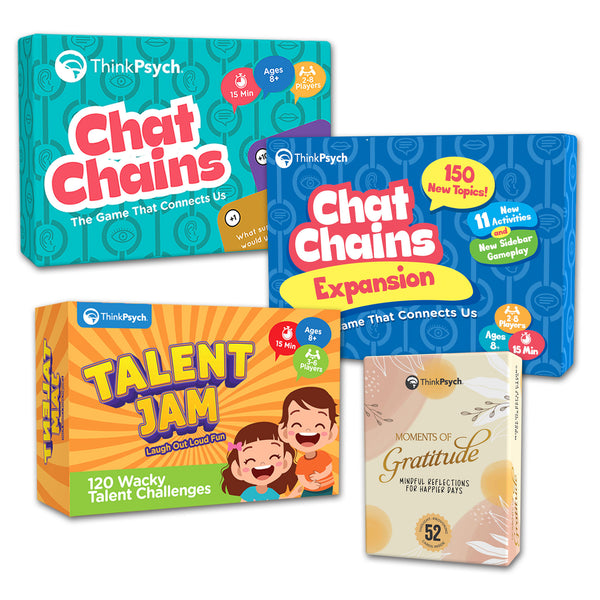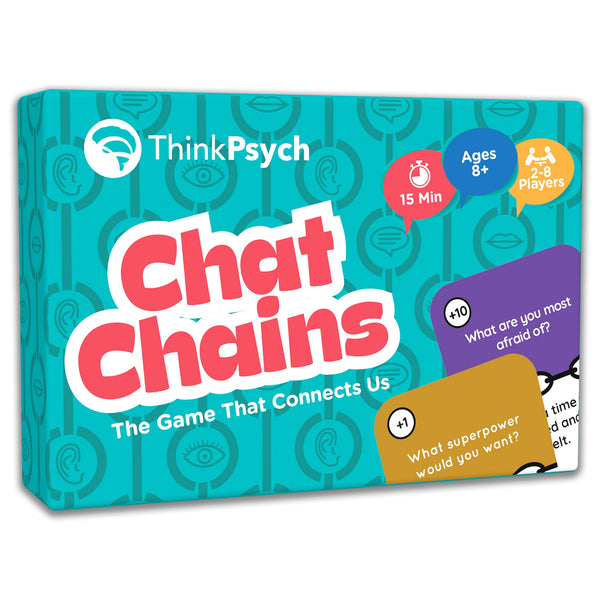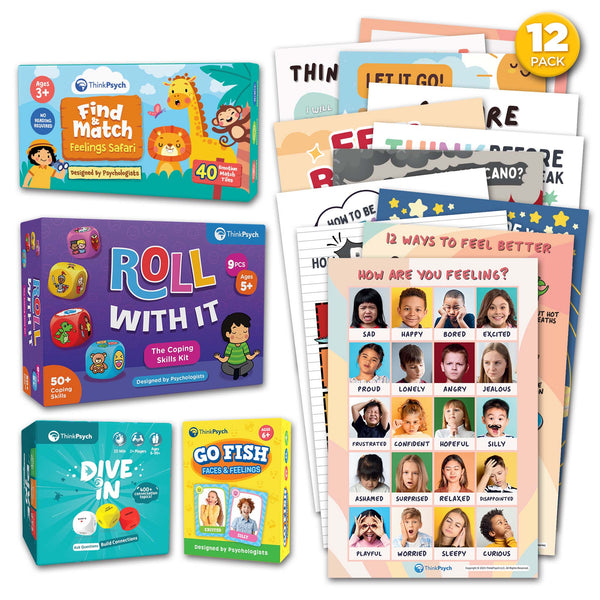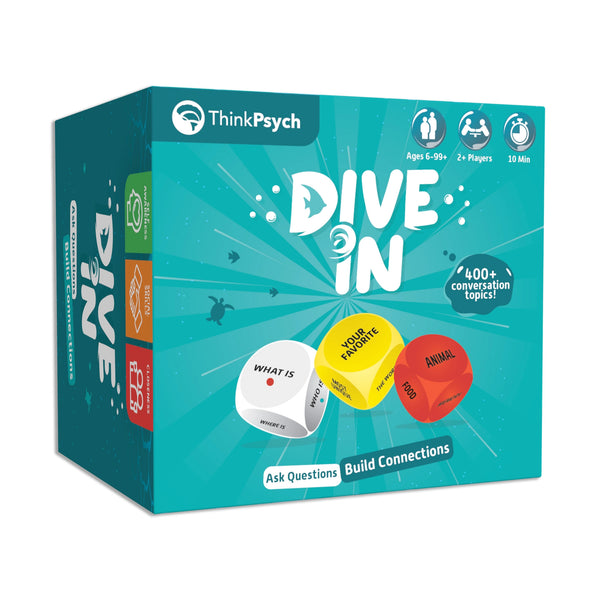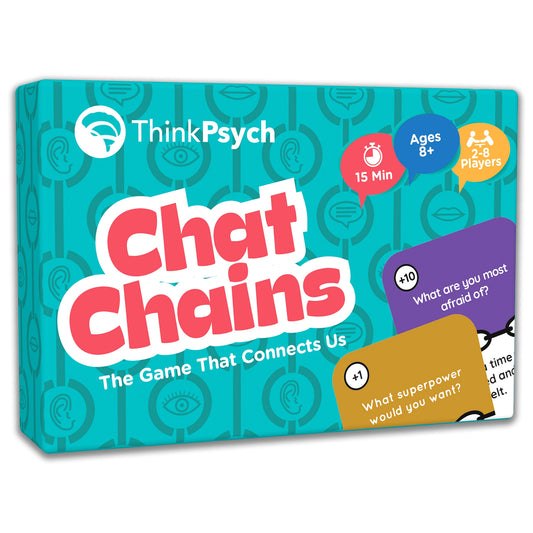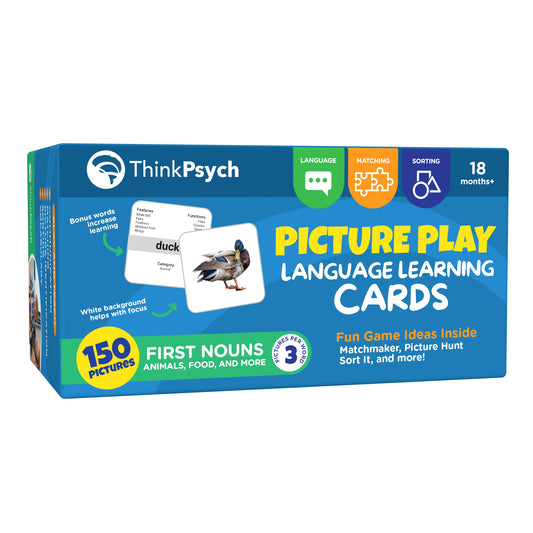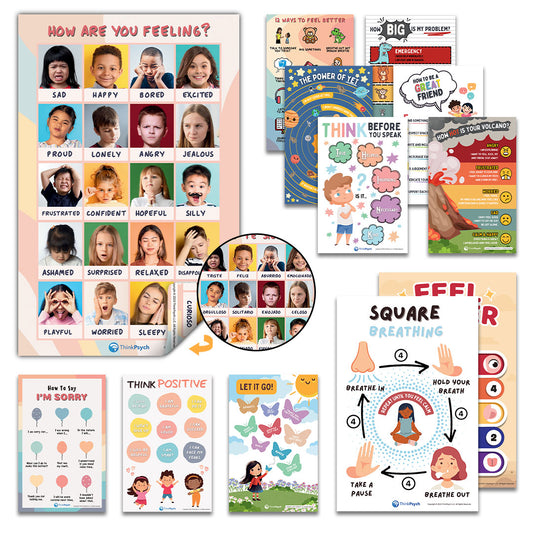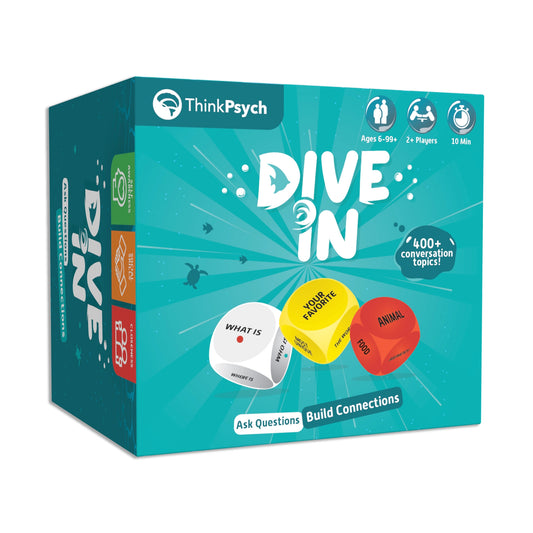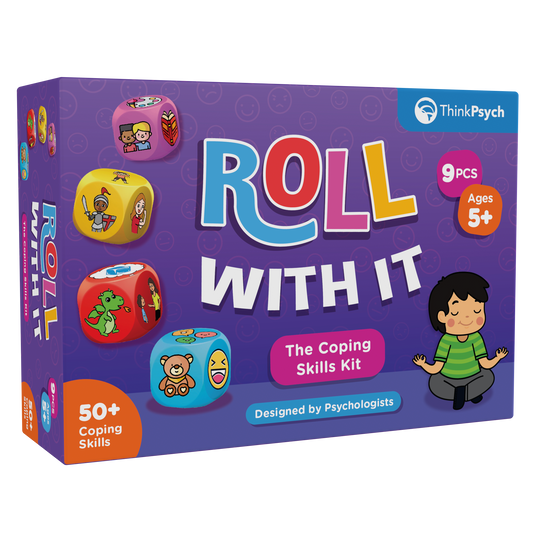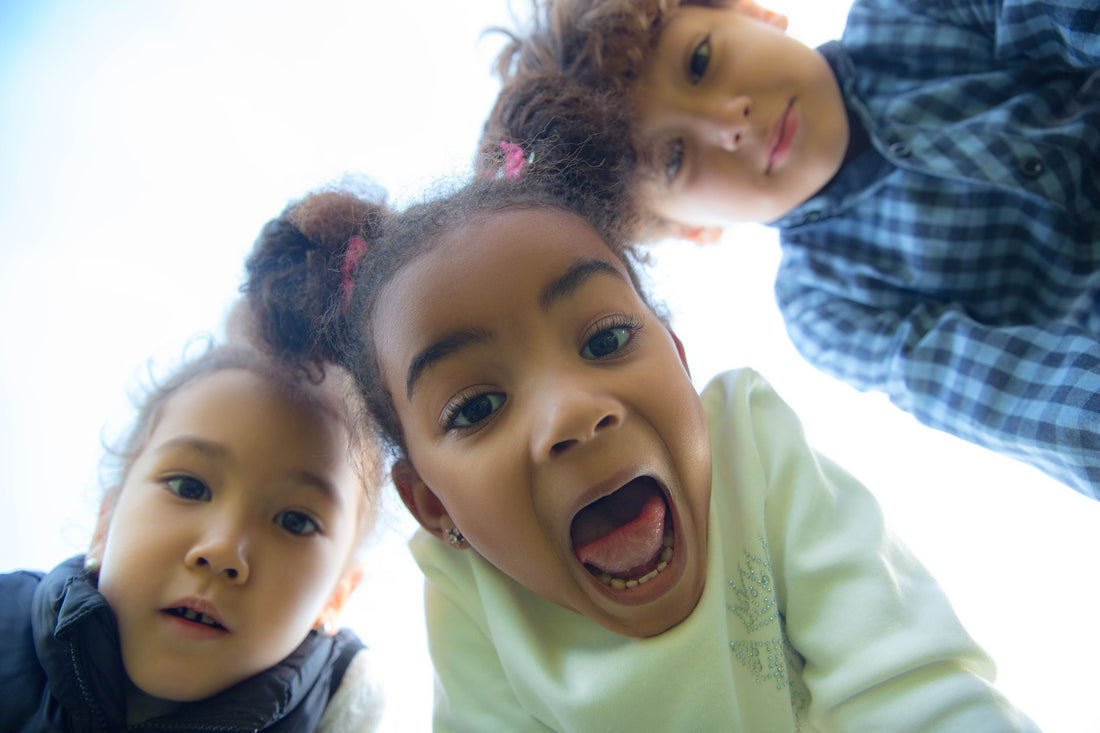
Why Teaching Children to Identify Emotions is Important
Share
Before I tell you why teaching children to identify emotions is so important, let’s start with what exactly is emotional identification?
Identifying Emotions and Expression of Feelings
Simply put, emotional identification is the ability to identify and express your own emotions, healthily, as well as to recognize and empathize with the emotions of others.
Because experiencing emotions is so innate to us as humans, we often mistakenly assume that our self-awareness around feelings comes naturally. However, the truth is, like any other interpersonal skills crucial to social-emotional growth, learning how to identify and cope with emotions is a skill that needs to be encouraged and taught to humans at an early age.
We assume emotional intelligence is an important skill essential for adults, but emotional intelligence is just as necessary in children. In fact, learning about emotions begins to develop early on in childhood. Therefore, it is vital to nurture emotional learning in children for their long-term health and success in social and professional relationships. Studies show that adults who can notice how they feel and adjust their behavior are more likely to do well in life, have healthy relationships, and manage difficulties.
Emotional intelligence, in children, means their ability to recognize and understand their own emotions as well as the emotions of others. It is a combination of self-awareness and empathy.
Children often have big emotions. They are almost always filled with a whirlwind of feelings like excitement or frustration. Teaching them how to recognize and express their feelings in a healthy manner can play a key role in shaping and developing them as they grow older.

5 Reasons Emotional Learning in Children is Important
- Solves Underlying Problems
Our emotions help us make connections with people and understand how a situation makes us feel. This then helps us make decisions about whether we want to be in that situation and/or around that person. By being able to observe and identify what we feel, we can understand the reason behind that feeling. This can help us find the cause for that feeling and solve any underlying problem. Emotional learning can help us make better life decisions.
For instance, a child may be friends with someone who makes him/her feel unhappy about themselves. It is important that they can recognize their feelings and realize that being around that person isn’t right for them. A child who does not have emotional learning will lack this awareness. They may not ever realize that their chosen friend is having a negative impact on their wellbeing.
- Feeling in Control
Our emotions impact our mood, behavior, and often, our actions. For instance, if a child is feeling angry or unhappy, it can impact their schoolwork, grades, friendships, and overall mood. The child may not want to take part in hobbies or activities, may become reclusive, or may act out. It is important to teach children to identify when they are feeling unhappy so that they can figure out why. They can even learn to find a solution to make themselves feel better. Doing this can help children realize that they are in control of how they feel, and can lead to a sense of awareness, purpose, and self-confidence.
Shop ThinkPsych Products
- Negative Emotions lead to Negative Thoughts
Negative thoughts, in children or adults, can lead to poor decisions, problems in relations, and an unhappy life. If we struggle to identify when we are feeling unhappy, we can be flooded with unhappy thoughts.
It is crucial to show children that they are in charge of their thoughts. If they start thinking and believing they are not good enough or unloved, then they foster negative thoughts that affect their mindset, confidence, and behavior. Educating children that they have the power to change these negative thoughts and they are responsible for how they feel can change their perceptions and behaviors. Teaching children that if they believe it, they can achieve it – is the first step to molding them into young adults who can convert negative emotions into happy thoughts.
Once a child can identify their emotions, they develop self-awareness around how to control their emotions. This means they can learn what calms/ soothes them and reduce any unhealthy behavior or unhappy thoughts.
- Form Better Relationships
When you can recognize your own emotions, you can not only manage them but also communicate them to others. Moreover, you can help others do the same.
Children who can identify their own and others’ emotions can gauge a situation and respond appropriately. They are able to help and support their siblings, friends, and others when these people feel unhappy. By teaching children to identify emotions, they are able to form better relationships as they grow up.
- Normalizing Feelings Reduces Anxiety and other Health Problems
Intense emotions can be overwhelming, especially for young children. Teaching children to express their emotions in a safe space, will encourage them to develop a healthy acceptance of their feelings. When a child represses their feelings, it can lead to stress, anxiety, and other health problems. Further, unresolved feelings can manifest physically through headaches, stomachaches, ulcers, and blood pressure.
Ways to Help Your Child with Emotional Regulation
- Help them Replace Negative Thoughts with Positive Words. For example, replace “I can’t do this” with “I can do anything I put my mind to.”
- Familiarizing your child with Emotional Language and Vocabulary can help them clearly identify and cope with their feeling. Labeling feelings can help also them understand others’ emotions.
- Meditation and Mindful Breathing can help a child relax from stress or calm down when they are overwhelmed with emotions.
- Positive Affirmations to build their self-confidence
- Mindful Coloring can not only calm a child but also works as a self-care technique. It’s provides a time-out to relieve stress and take your attention away from the unpleasant situation. You can then focus your mind on your emotions and manage your response.
- Listen to calming Peaceful Music
- Chat Chains is a revolutionary social-emotional learning game. It helps children recognize and talk about their emotions and improve their social skills.
Remember, the key is to start early with your child. By doing so, you give them an advantage on long-term emotional health and overall well-being.
Resources:
http://csefel.vanderbilt.edu/documents/teaching_emotions.pdf
https://www.psychologytoday.com/intl/basics/emotional-intelligence
https://kidshelpline.com.au/parents/issues/helping-kids-identify-and-express-feelings
